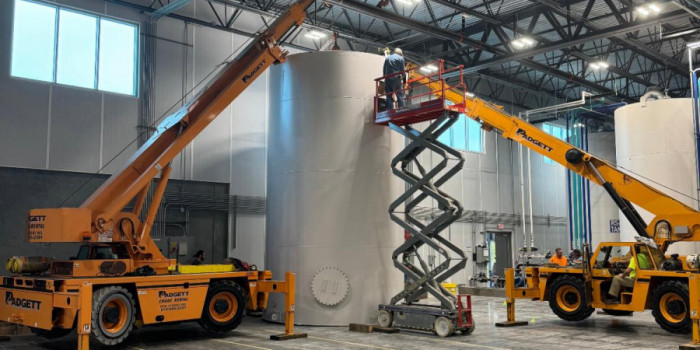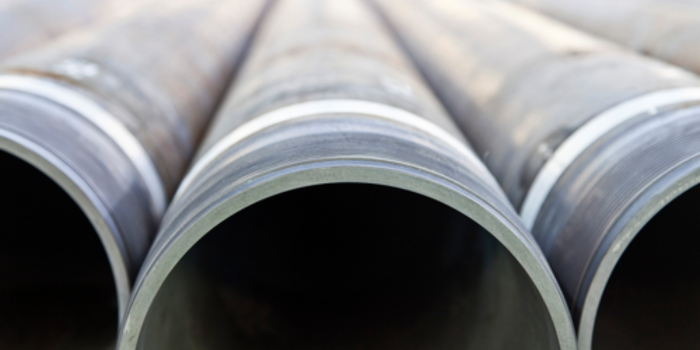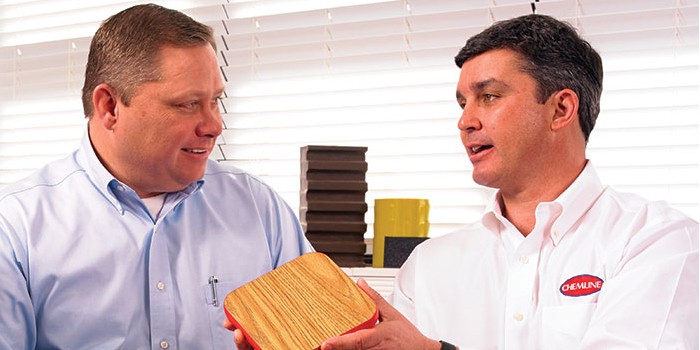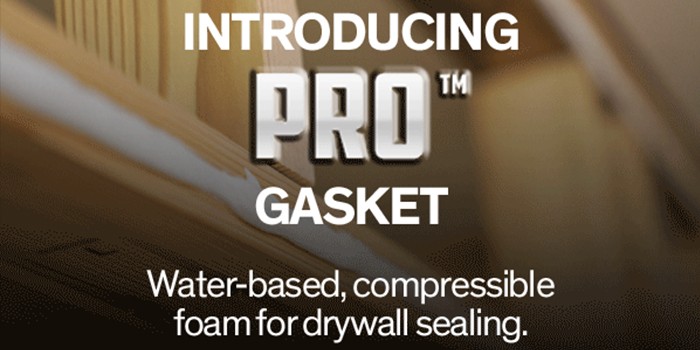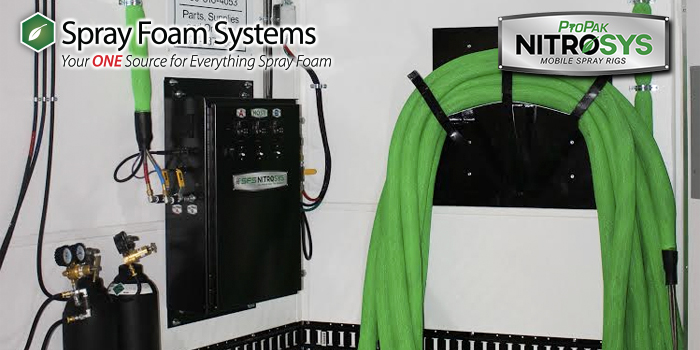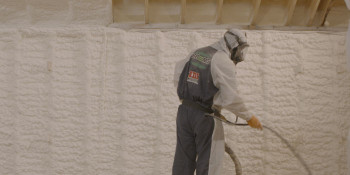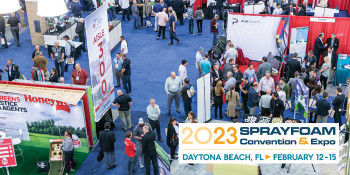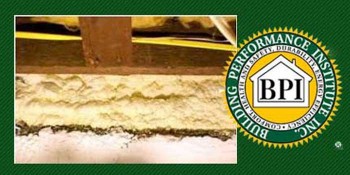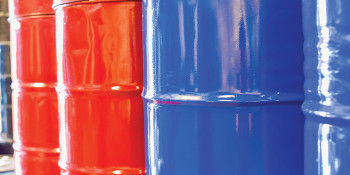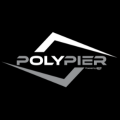Coating the Future
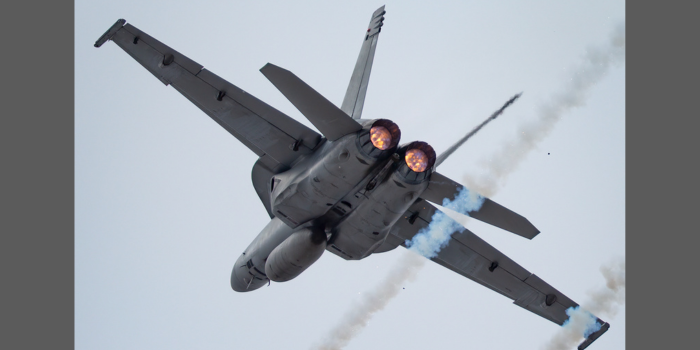

SPRAY FOAM MAGAZINE – Coatings play a crucial role in the spray foam industry, particularly in safeguarding exposed spray foam insulation (SPF) from environmental elements such as sunlight, rain, and snow. These factors can significantly impact the performance and lifespan of foam insulation. Essentially, coatings serve as protective barriers against ultraviolet (UV) radiation and weather-related damage, enhancing the energy efficiency benefits that spray foam provides.
Some coatings are specifically formulated with fire-retardant properties, adding an important safety layer to the insulation. Innovations in coatings are not limited to the spray foam industry. However, they may influence advances in the construction industry. For instance, designers in the aerospace sector are employing heat-resistant ceramic coatings, known as Thermal Barrier Coatings (TBC), on jet engine blades. These coatings help combat the damaging effects of high temperatures, improving engine durability, while also contributing to substantial fuel and carbon dioxide savings by allowing engines to operate more efficiently.
In the United Kingdom, Teer Coatings, a manufacturer specializing in surface coatings, is exploring new products aimed at enhancing satellite components such as gears and bearings. The environment within a spacecraft can be conducive to the growth of bacteria and fungi, leading to potential health risks for astronauts and equipment malfunctions due to biofilms—dense clusters of bacteria that can form inside pipes. To address this issue, Teer Coatings is developing a wear-resistant antimicrobial film that can coat vital internal components in spacecraft.
This innovation builds on research initially spearheaded by Kripa Varanasi at the Massachusetts Institute of Technology (MIT), who created coatings designed to inhibit biofilm formation by applying a slippery lubricant to the inner surfaces of pipes. In a different application, Nuria Espallargas and her colleagues at the Norwegian University of Science and Technology have developed a silicon carbide-based coating for industrial equipment utilized in aluminum manufacturing and repair. This coating involves thermal spraying with a protective layer that melts during the application process, providing oxidation protection and allowing for some plastic deformation, which enhances the durability of the components. This silicon carbide (SiC) coating is commercially available through Seram Coatings, a company founded by Espallargas, and has been patented in multiple countries. ThermaSiC, as it’s called, is promoted for its lightweight nature and robust resistance to demanding environments, leading to lower maintenance costs and improved profitability.
Addressing structural integrity, research from Meguro Lab at the University of Tokyo underscores the need for seismic retrofitting of masonry, especially given that a significant portion of earthquake-related fatalities is attributed to building collapses. Aster Co., Ltd., a Japanese startup, has developed an innovative coating material that enhances the earthquake resistance of masonry. Created by Suzuki Masaomi and Yamamoto Kenjiro, this product incorporates short, hard glass fibers capable of withstanding tensile forces, preventing stretch during tremors, alongside a soft acrylic silicone resin that offers flexibility. This combination aims to fortify walls against collapse during seismic events.
Aimed at enhancing safety, Andy Hopkinson, managing director of Safinah Group, highlighted ongoing issues with passive fire protection systems in car parks. These systems, often implemented with fire-resistant paint, sometimes experience peeling, resulting in costly repairs that can amount to thousands of dollars. The initial cost of paint might represent only a small fraction of a project budget, but failures can lead to exponential expenses. Experts within the coatings sector emphasize the importance of both improving existing coatings and developing new technologies to enhance machine performance, infrastructure longevity, sustainability, and energy efficiency. Whether addressing challenges in aerospace, protecting structures from UV rays, or preventing corrosion in infrastructure, the benefits of advanced coatings are diverse. Continued investment in research for innovative coating solutions is essential to leverage these advantages for various applications.
For use by SprayFoamMagazine.com & Spray Foam Magazine
Disqus website name not provided.





